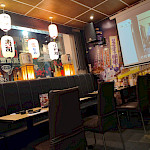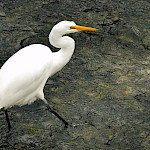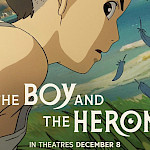3 Feb 2024
JETAA News
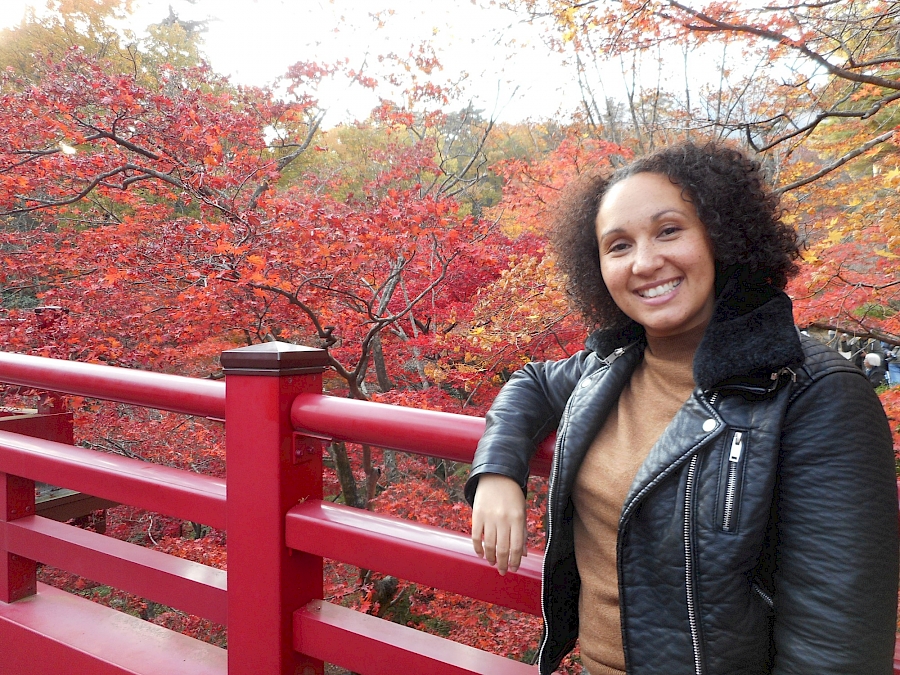
22nd May 2021
Jet Spotlight: Kaya Holder
Kaya Holder is an Ex JET who still has a passion for education that she has used to write her own children's book, that is soon to be part of a series.
Please, tell us about your new book.
My new children’s book ‘Tawny and Maya: Unique Me’ came from an idea I had during JET to create a visual, colourful story about my hair and cultural heritage. I was often asked questions from inquisitive students (and JTEs!) about my naturally curly hair and cultural differences in the UK, so this was the beginning of aiming to create the book. Upon returning, I discussed it with my younger sister Tuesday, though it wasn’t until lockdown we both had the time spare to get the project up and running. Alongside the pandemic was the explosion of BLM; we both felt it would be an ideal opportunity to launch a story centred around a mixed-raced family like ours, to encourage diversity on children’s bookshelves as well as contribute to the wider conversation about equality, race and diversity via a medium which would have impact. The culmination of free time and seemingly copious weekly video calls meant we were able to source, hire, and project manage a small publishing team remotely, resulting last month in our book finally becoming a reality!
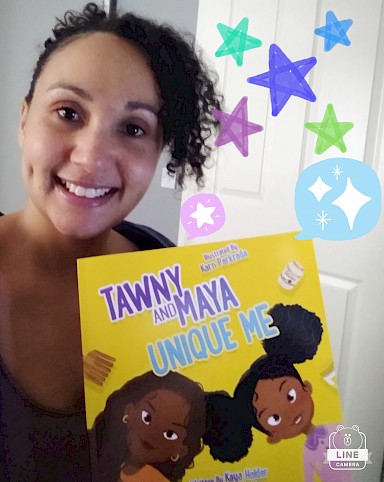
What do you do when you’re not writing books?
Since not being able to travel and pausing my plans to return to Japan, I have delved into coding and creating the website for the book, focused on prioritising my wellbeing by means of home workouts plus doing some outstanding DIY at home, including upcycling a few pieces of furniture. Under usual circumstances, I love to visit friends and family overseas, explore new places and generally appreciate the simple things in life.
How did you end up on the JET programme, and where did you go?
I was posted to Niigata City, a large town on the Sea of Japan coast, with debatably (not to me!) the best sushi and sake in Japan, for 3 years. I was already a qualified teacher, teaching at a secondary school in England. When discussing future plans with a colleague, he told me about the JET programme and his plans to apply. I did some research, and at that point was keen for a new challenge, so I thought, why not?! I submitted my application and before I knew it quit my job, packed my belongings and landed at orientation. I had always wanted to live abroad, so achieving a personal goal kept me in Niigata longer than planned. Although I had no prior experience of Japanese, I found that learning was an equally rewarding part of my JET journey.
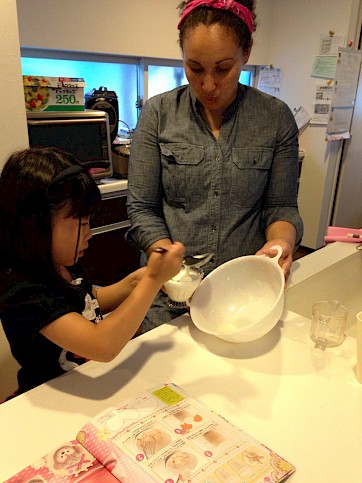
You say that you had the idea for this book whilst in Japan. What JET experience lit the first spark of this idea?
Towards the end of my first year, my BOE put out a homestay/cross-cultural opportunity to local JETs where you could spend the weekend at a nearby family’s house. I was fortunate to meet the most amazing friends who I still keep in regular contact with. Sayaka was an English teacher at Niigata University, and her family kindly welcomed me in. The idea came to me when I went back to the ‘inaka’ to visit them, this time to cook for their wider family members too. The younger children asked about my curls and seemed perplexed by items from the UK; though totally loved the dishes we made together of carbonara and apple crumble, plus the post-lunch screening of Harry Potter! A book is the perfect platform for children to begin conversations, learn and build awareness of others, so I noted the idea down for future reference.
What are some of your best JET memories of cultural exchange?
My closest friends from JET are Singaporean and Filipino respectively, so we’ve had many insightful and meaningful conversations on the subject of our differences and similarities over the years, especially when visiting Hawaii before returning home post JET. Niigata city locals were also super friendly, so I was very fortunate to have volunteered at ekaiwas, attended Japanese culture events at the International Centre in addition to going to nearby festivals such as the Nagaoka fireworks display and popular Niigata Festival, with colleagues and their families. I truly immersed myself in Japanese culture in a way I never dreamed I would be able to, simply by saying yes and pushing my comfort zone. The whole experience was a chapter in my life I’ll always look back on fondly.
Are there any plans to release the book in Japan? Has it been read by anyone in Japan people yet? What did they think?
Yes! It’s available now on all Amazon regional sites. The homestay family I mentioned were one of the first to download it, and we have an image of Rin reading it on our website! It’s amazing that it’s now in existence, and they’ve read it, following the idea I had upon meeting them. Sayaka sent me a lovely voice note to say how much they loved it. If all goes well, I would love to add in some personal experiences of my time on JET in our future Tawny and Maya releases.
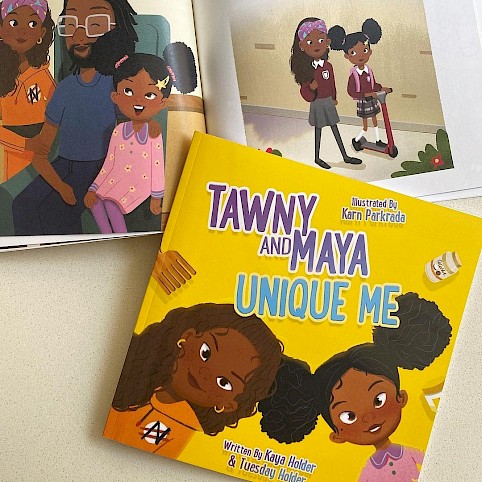
Do you think your time as an educator helped with the writing of the book?
Most definitely. Children are aware very early on of their differences and education, plus a love of reading, underpins how they explore and navigate wider issues in life in a reflective way. Adding diverse characters, stories and topics to children’s bookshelves has a profound impact in encouraging curiosity and empathy, elements that are supported within our book. Being an educator allows you to replicate these aspects through in-class activities, which is another feature of the book. On the final page, readers are asked to create their own affirmations to encourage what makes them unique and embrace their individuality. We hope the book therefore transcends bedtime and affects how they potentially view others as well as themselves positivity.
Black Lives Matter has inspired a new wave of literature and ‘Tawny and Maya’ is part of that. Why do you think it is important for people all around the world to be reading these books?
Similarly to JET, the exchange of culture is paramount in bridging gaps in understanding as well as strengthening connections between communities. Empathy cannot be expected without a frame of reference, so books/media/curriculums are the foundation in providing insights into the stories and experiences of others. It’s hugely important to continue widening the range of narratives and characters that are accessible to the masses, so those who are overlooked or not heard, get the same platforms and visibility. If the authors, journalists, filmmakers etc are all of the same demographic, it unfairly and inaccurately portrays society as a whole.
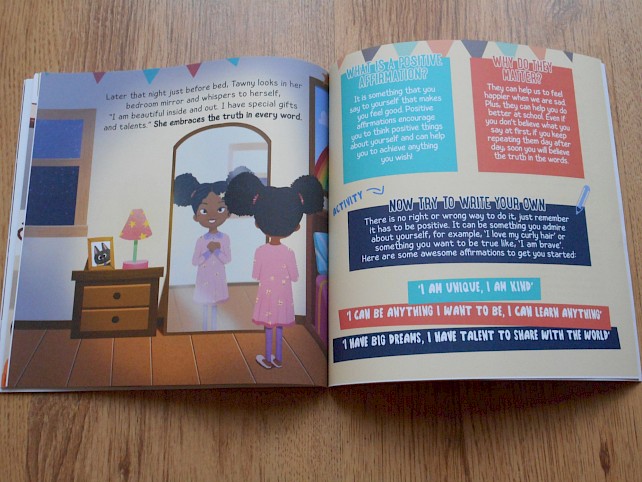
Any advice for JET alumni who have a story to tell? How might being a JET be an advantage?
The self-determination and will you build over those endless Japanese summers and winters is a perfect model for creating some personal goals to achieve post JET. Using a 4-6month window, plan the project or product you want to create and work backwards, breaking down actions into manageable steps. We all have unique lived experiences, ideas and aspirations- the hardest part is defining what to achieve and are passionate about! If you can dovetail both, then you definitely put a plan into action.
How do you think JETs can get involved with Japanese cultural relations even after returning to the UK?
I now work at the University of Surrey, and our campus community is multi-cultural, which offers regular opportunities to talk about my experiences in Japan. It’s also been valuable for me to join JETAA events, to have others to share stories with, as well as attend events at the Japanese Embassy and festivals in London to indulge in the things I miss most!
Check out Tawny and Maya and their website or on social media







